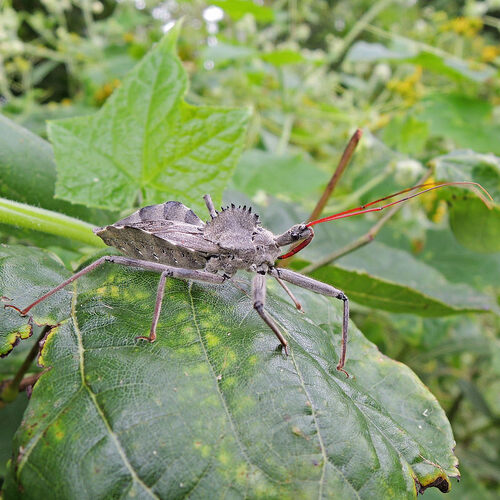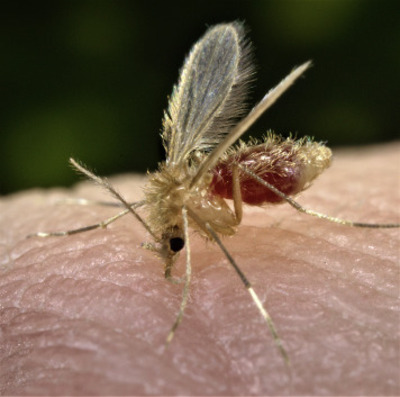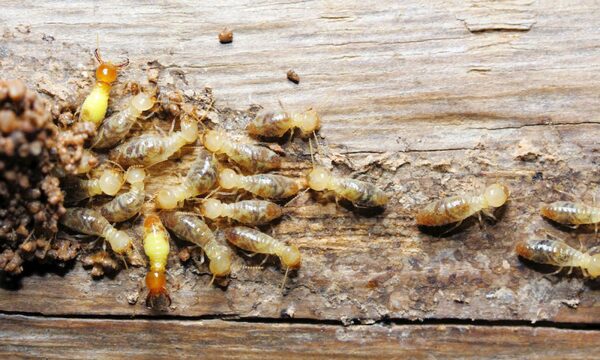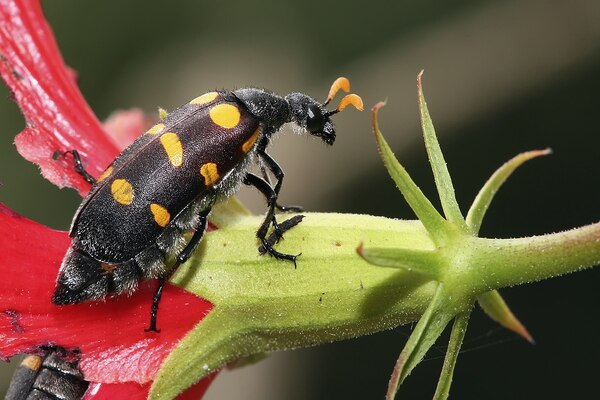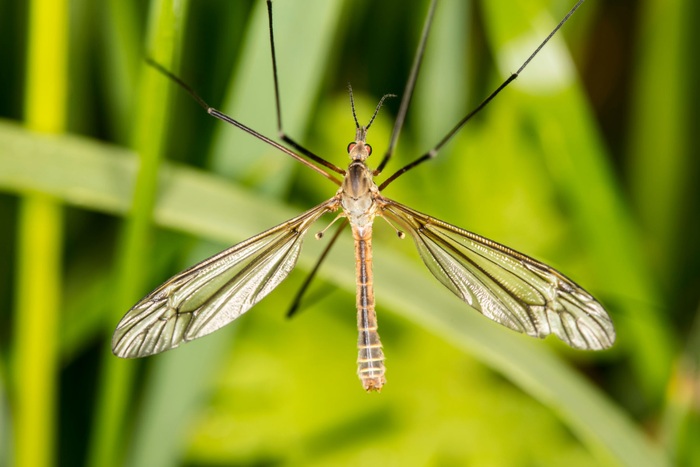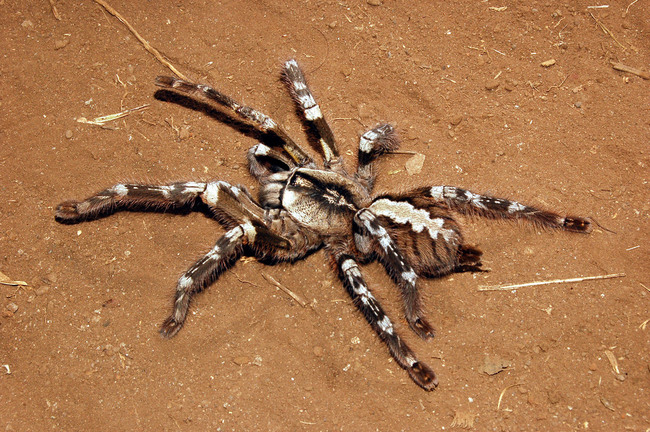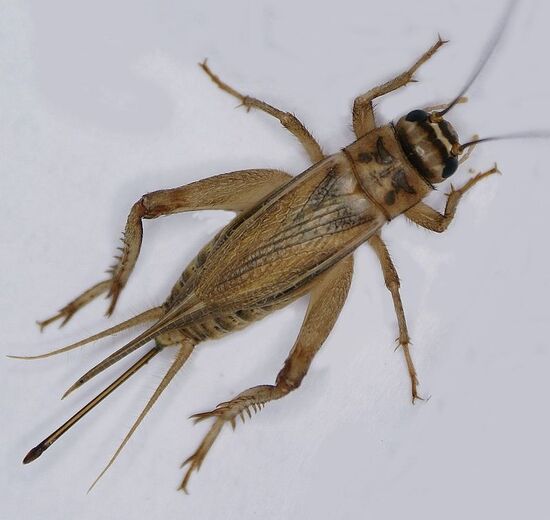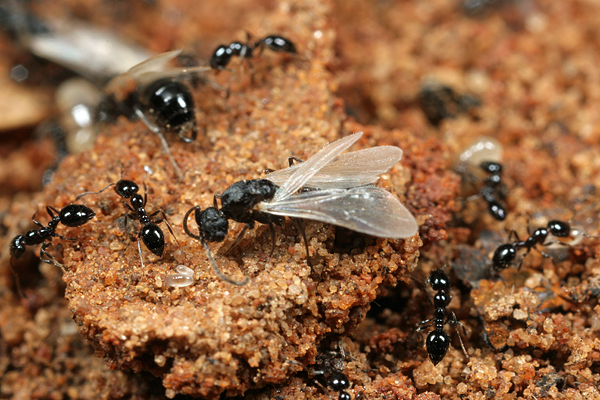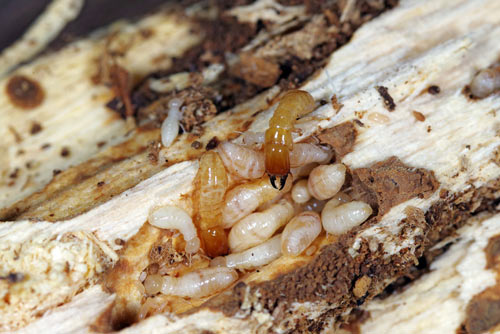Wheel bugs are diurnal pests and should be careful not to handle them, they are named so due to the distinctive, serrated crest on its pronotum that in profile resembles a portion of a wheel or gear, A bite from this species is very painful. It is reported as causing intense pain followed by numbness. […]
Sand flies are tiny insects about 3 mm long, they have long, piercing mouthparts that are well adapted for sucking blood from their host. Sand flies hold their hairy-looking wings in a vertical V-shape when at rest, a characteristic that distinguishes them from some other small flies. Human skin odors, produced by bacteria from skin […]
Termites are one among the few creatures that relies on wood as a primary food source. Cellulose is the common organic compound found in plant materials, which is obtained from wood, grass, leaves, humus, manure of herbivorous animals, and materials of vegetative origin. Termites can break down the cellulose fibers found in wood and derive […]
Blister beetles are hypermetamorphic, can inflict a painful bite if threatened or provoked, Blister beetles are so-named because of their special chemical defense mechanism. The blood of blister beetles contain a terpene called cantharidin. When it comes in contact with human skin, cantharidin causes a superficial blistering, swelling and irritation. These beetles attract to light […]
Crane flies are mostly a nuisance. Mature crane flies often annoy residents when they fly into homes and bump against the walls or ceilings. These flies invade home most likely looking for food or areas to lay their eggs. Although they look like giant mosquitoes. Wet springs are associated with a high emergence and large […]
Fungus gnats are small black flies features dangling legs and long bodies that make them appear similar to a small mosquito, Flies infest soil, potting mix, other container media, and other sources of organic decomposition. Their larvae primarily feed on fungi and organic matter in soil, but also chew roots and can be a problem […]
Indian ornamental tree spider, is one of the most popular arboreal tarantulas for amateur collectors. P.regalis parallels that of many arboreal spiders. In the wild individuals live in holes in tall trees where they make asymmetric funnel webs. Their primary prey consists of various flying insects, which they seize in flight and paralyze. The venom […]
Crickets are pests for a variety of reasons. They sometimes find their way into homes, becoming a nuisance between their loud chirping and tendency to attack clothing and other fabrics throughout the house. Male crickets produce musical chirping sounds by rubbing a scraper located on one forewing along a row of about 50 to 250 […]
Flying ants are alates, mostly the matured Queens and males of ant, An ant colony can only expand so much. At some points a new queen will need to strive out on her own to begin a new colony, growing wings and flying enables to do this. They are most commonly found nesting in wet, […]
Drywood termites can often escape detection, as they live deep inside wooden structures. Compared to other species, their colonies are very small and often spread out within the house. Drywood termites will colonize in attics where temperatures may exceed 131 degrees Fahrenheit. There, they will locate their colonies in wood that has more favorable temperatures, […]


